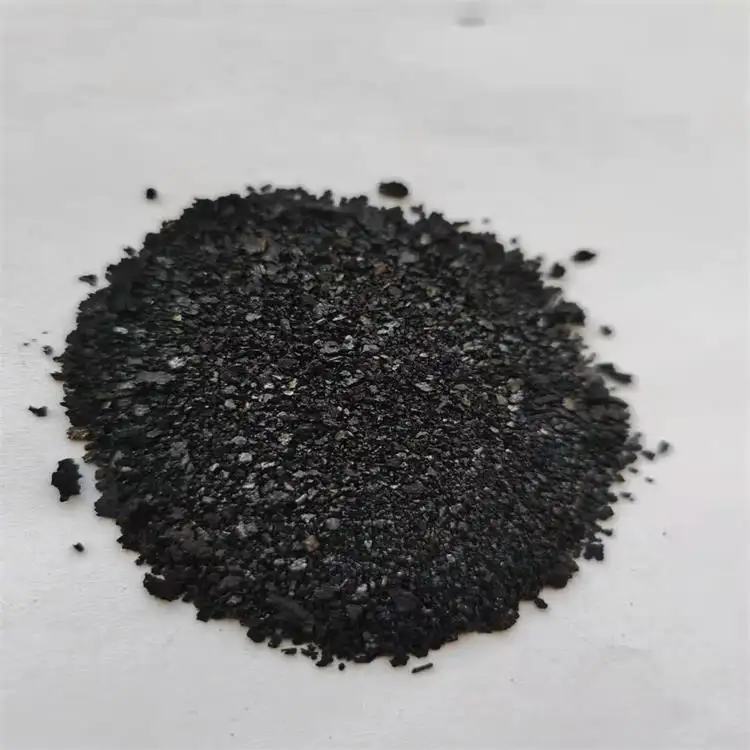Top indigo color dye companies in the industry providing quality products and services.
Indigo is a deep blue dye that has been used for centuries to color textiles and other materials. The rich color of indigo has made it a popular choice for clothing, home furnishings, and decorative items.
There are several companies that specialize in producing indigo dye. These companies use a variety of methods to create the dye, including traditional fermentation techniques and modern chemical processes. One of the most well-known indigo dye companies is Japan Blue Co., Ltd. Based in Japan, this company has been producing indigo dye for over 100 years. They are known for their high-quality dye that is used by clothing manufacturers around the world.
Another prominent indigo dye company is Stony Creek Colors, based in the United States. This company is known for their environmentally-friendly indigo dye that is made from natural sources. They have developed a process that uses plants to create the dye, reducing the need for harmful chemicals often used in traditional indigo dye production.
In addition to these larger companies, there are also many smaller indigo dye producers around the world. These companies often focus on creating indigo dye in small batches using traditional methods. Some of them sell their dye to artisans and crafters, while others create indigo-dyed products that they sell directly to consumers.
indigo colour dye companies

Indigo dye has become increasingly popular in recent years, as people seek out sustainable and eco-friendly alternatives to synthetic dyes. Indigo is a natural dye that is biodegradable and non-toxic, making it a popular choice for those looking to reduce their environmental impact.
In addition to its environmental benefits, indigo dye also produces unique and beautiful colors that cannot be replicated with synthetic dyes
. The rich, deep blue hue of indigo is prized by designers and consumers alike for its timeless appeal.Whether produced by large companies or small artisanal producers, indigo dye continues to be a popular choice for those looking to add a touch of color to their lives. Its rich history and unique properties make it a beloved choice for clothing, home goods, and other products. As more people seek out sustainable and natural alternatives to synthetic dyes, the popularity of indigo dye is only expected to grow in the years to come.
-
Thermal Stability Analysis of Bromo Indigo Pigments
NewsJun.06,2025
-
Sulphur Black Dye Oxidation Process Optimization
NewsJun.06,2025
-
Lightfastness Testing of Bromo Indigo Dyed Denim
NewsJun.06,2025
-
Granule Size Distribution and Jeans Color Uniformity
NewsJun.06,2025
-
Gradient Dyeing Methods with Indigo Blue Granules
NewsJun.06,2025
-
Dyeing Temperature Effects on Sulphur Black Color Fastness
NewsJun.06,2025
-
Sulphur Black Dyes in Daily Use
NewsMay.07,2025

Sulphur Black
1.Name: sulphur black; Sulfur Black; Sulphur Black 1;
2.Structure formula:
3.Molecule formula: C6H4N2O5
4.CAS No.: 1326-82-5
5.HS code: 32041911
6.Product specification:Appearance:black phosphorus flakes; black liquid

Bromo Indigo; Vat Bromo-Indigo; C.I.Vat Blue 5
1.Name: Bromo indigo; Vat bromo-indigo; C.I.Vat blue 5;
2.Structure formula:
3.Molecule formula: C16H6Br4N2O2
4.CAS No.: 2475-31-2
5.HS code: 3204151000 6.Major usage and instruction: Be mainly used to dye cotton fabrics.

Indigo Blue Vat Blue
1.Name: indigo blue,vat blue 1,
2.Structure formula:
3.Molecule formula: C16H10N2O2
4.. CAS No.: 482-89-3
5.Molecule weight: 262.62
6.HS code: 3204151000
7.Major usage and instruction: Be mainly used to dye cotton fabrics.

